As it turns out, it's no longer just trees. Back in September, 2013, SOTT reported that lightning strikes on people appear to have become more common. Whether or not there are actually more cases of lightning harming humans -- for example, such cases may just be reported more often -- it still appears as a serious deviation from the "norm", even after taking into account the official statistics:
- According to the 2008 annual Lightning Detection Conference, an estimated 24,000 people are killed by lightning strikes around the world each year and about 240,000 are injured.
- According to the NOAA, over the last 20 years, the United States averaged 51 annual lightning strike fatalities.
- According to this site, men are killed by lightning four times more often than women.
- Statistically, males account for 84 percent of all lightning-related deaths.
- According to the National Weather Service, a new record low of only 23 people in the US died after being struck by lightning in 2013:
But how to reconcile this data with facts on the ground? Because daily reading of world news and common sense suggest that there is something very strange going on, and statistical data can't save us from reality striking us on the head. The bottom line is, if lightning were the only natural calamity disturbing our lives on this planet, we wouldn't feel like raising the alarm or asking questions, but more frequent and intense lightning appears to be just one symptom of a much larger and more serious syndrome:
SOTT Earth Changes Summary - April 2014
Signs of change: Extreme weather, seismic activity, and meteor fireballs in April and early May 2014
Considering the above, take a look at the result of our quick news sweep. Most of the news items are no more than a week old.
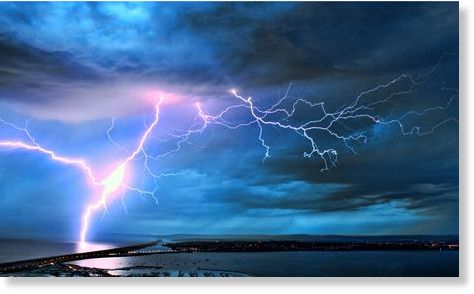
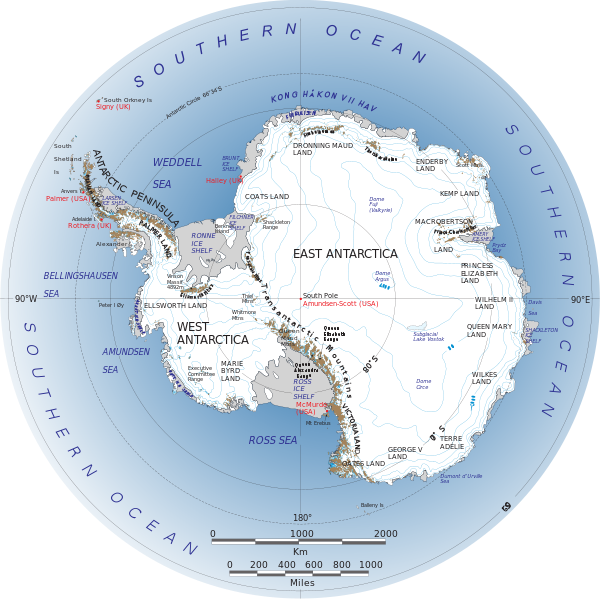

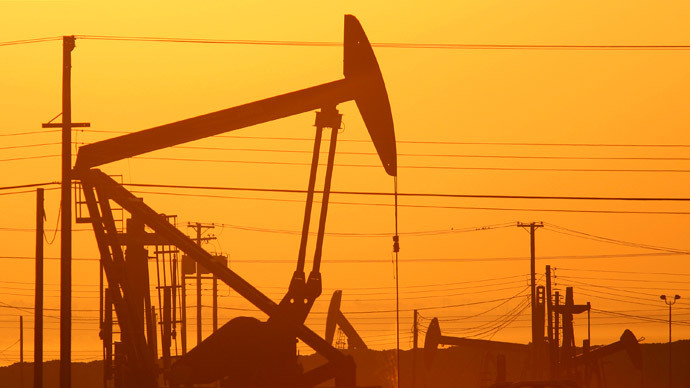
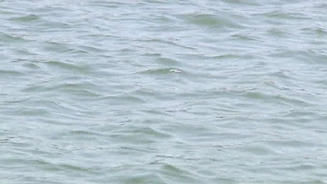
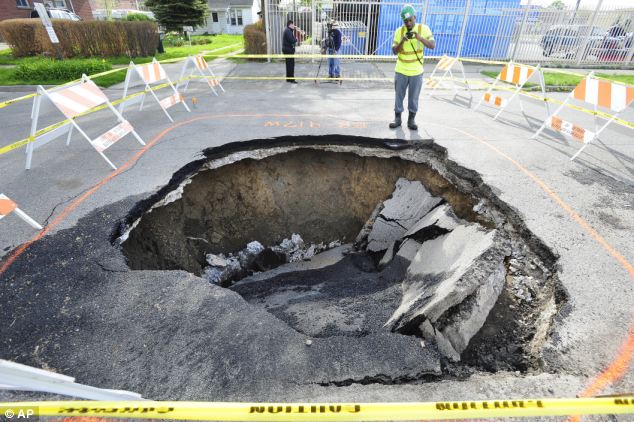
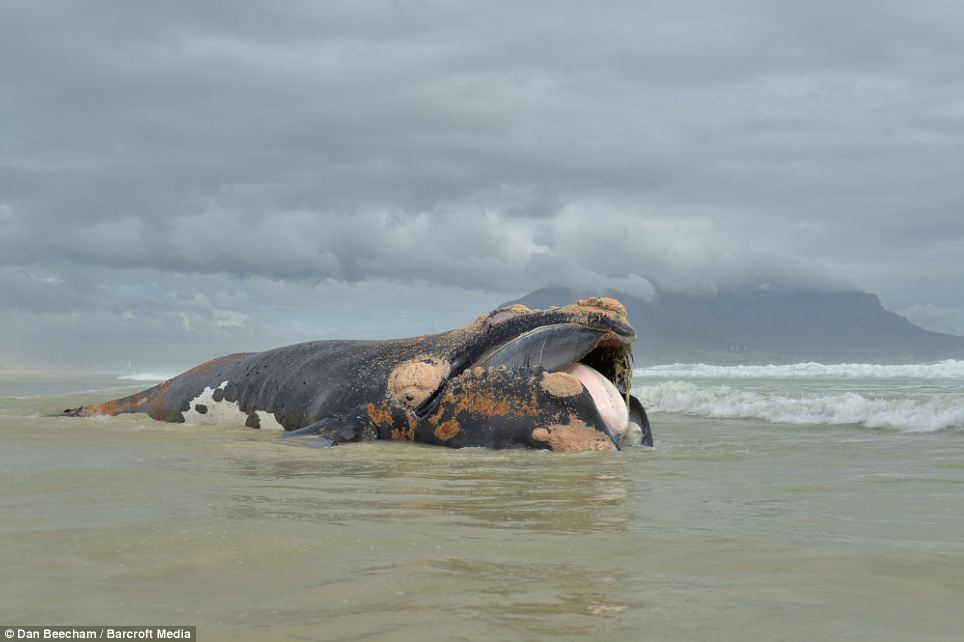
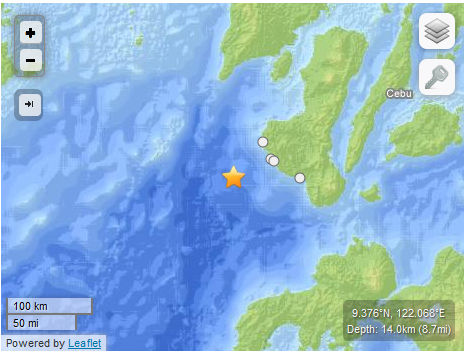

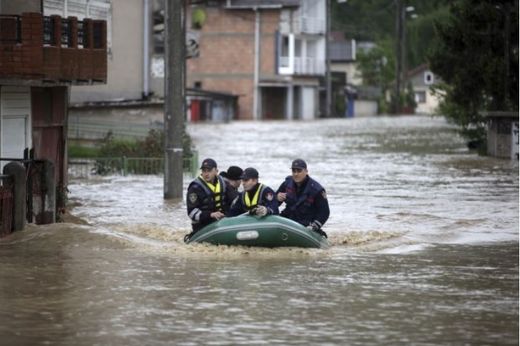



Comment: See also:
Volcanic eruptions, rising CO2, boiling oceans, and why man-made global warming is not even wrong